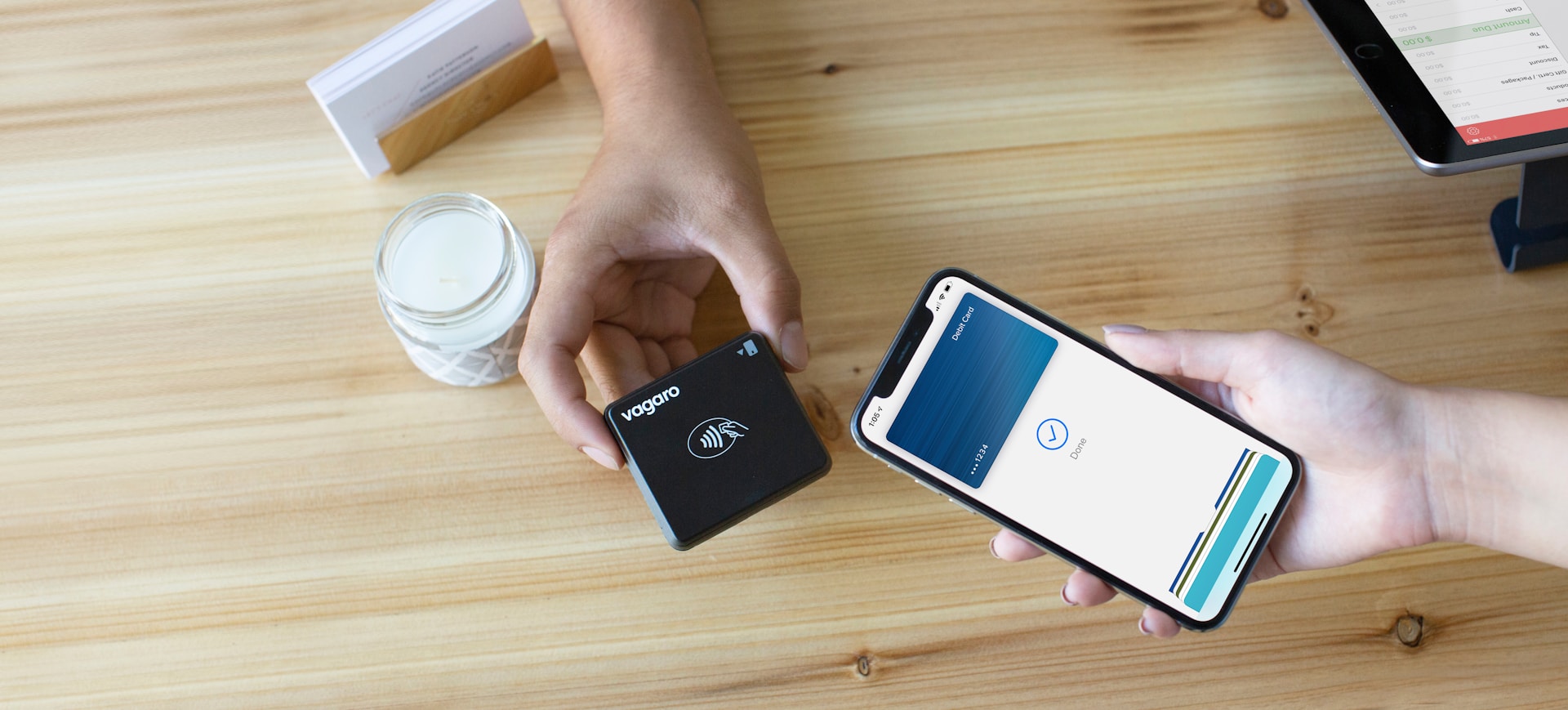If you’ve encountered financial missteps in the past that have led to a poor banking history, it can be hard to open a standard checking account with a traditional bank. This is where second chance bank accounts come in. As the name implies, they’re designed to give you a “second chance” at managing your money and give you access to essential banking services despite your past banking challenges.
This guide dives into how these accounts work and what to look for when scoping out your options.
What is a Second Chance Bank Account?
A second chance bank account offers a fresh financial start if you’ve encountered hurdles with banking in the past. It is designed to rebuild your banking history and help you regain track of managing your finances effectively.
The Concept of a Second Chance Bank Account
A second chance bank account is structured for individuals whose banking history includes negative marks, such as overdrafts or unpaid fees, which have led to difficulty opening traditional accounts. These accounts often come with features tailored to help you avoid future financial missteps, such as no overdraft fees.
They may also provide tools and resources to help manage your account responsibly. For instance, you might benefit from having a lower transaction limit or from services that help monitor your spending.
Who Needs a Second Chance Bank Account?
If your banking history is less than stellar due to past events like multiple overdrafts, you may find opening a standard bank account challenging. This is where second chance bank accounts come into play, offering a lifeline to rebuild your financial foundation.
They are essential for you if your name has been reported to ChexSystems and you’re working towards clearing your record. It’s a pathway towards restoring your financial reputation and regaining access to traditional banking services.
How Second Chance Bank Accounts Work
If you’ve had banking challenges in the past, a second chance bank account offers you another opportunity to enjoy basic banking services. These accounts are structured to help rebuild your banking history.
Key Features of Second Chance Bank Account
- Debit Card Access: You typically receive a debit card for daily transactions, just like with standard checking accounts.
- Rebuild Banking History: These accounts can assist in improving your standing with banks, which is vital when working towards financial goals in the future.
Restrictions and Limitations
- Monthly Fees: Expect to pay a monthly fee, which may not be waivable, unlike some standard checking accounts.
- Transaction Limits: There may be restrictions on the number or type of transactions you can perform with your account.
The Importance of Second Chance Bank Accounts
Second chance bank accounts offer you a path to regain financial services that may have been previously lost due to past banking issues. These accounts can be a lifeline, providing access to banking that is necessary for managing your daily financial life.
Opportunities for Financial Stability
With a second chance bank account, you have the opportunity to establish financial stability. Unlike storing money under your mattress or using costly alternatives, these accounts provide a secure place to hold your funds. By utilizing features like direct deposit, you can also manage your income more effectively and avoid the fees associated with cash-checking services.
Potential for Rebuilding Your Financial History
Rebuilding your financial history is critical, and a second chance bank account enables you to demonstrate responsible money management. Over time, consistently using your account without overdrafts or unpaid fees can restore your reputation with financial institutions. This progress can open the door to better interest rates and credit opportunities with financial institutions in the future.
Facilitating Financial Inclusion
Financial inclusion is important, and these accounts play a vital role in providing access to banking services for underserved communities. By reducing the barriers to obtaining a bank account, such as high minimum balances or stringent credit and background checks, second chance banking offers a more equal financial landscape for all, regardless of economic background.
Access to Essential Banking Services
Essential banking services like writing checks, online bill payments, and debit card access are often taken for granted. However, they are not always accessible to everyone. A second chance bank account ensures that you have access to these vital services. This inclusion aids in everyday transactions and helps prevent reliance on predatory financial services, paving the way for a healthier financial profile.
How to Choose A Second Chance Bank Account
Choosing the right second chance bank account requires careful consideration of several factors to ensure you meet eligibility criteria and that the account will serve your financial goals without burdening you with excessive costs.
Requirements and Eligibility
To open a second chance bank account, you typically need to provide proof of identification and may need to pass a ChexSystems check, although some banks do not use these. Confirm that you meet your chosen bank’s eligibility requirements before applying.
Fees and Costs
Review the fine print for potential monthly service fees, ATM fees or other charges. Second chance bank accounts are designed to be low-cost, but fees can vary from one institution to another. Look out for options with no monthly service fee and reasonable overdraft fees.
Service Inclusions
It’s essential to know what services are included with your account. Most provide online banking, debit card access, and some level of bill pay. Verify availability and make sure the services cater to your banking needs.
Restrictions
Second chance accounts may have certain restrictions, such as a monthly transaction limit or higher deposit requirements. Understanding these limitations can help you pick an account that best suits your financial needs and habits.
Credit Building Features
If improving your credit score is a goal, look for accounts that offer credit-building features, such as reporting to credit bureaus or the option to upgrade to a standard checking account after a period of positive banking behavior. Some second chance accounts may even come with educational resources to help you better manage your finances and credit.
Where to Open a Second Chance Bank Account
When looking for a second chance bank account, you have several options at your disposal, including traditional banks, credit unions, and digital banking platforms. These financial institutions often provide accounts specifically designed for individuals looking to rebuild their banking history.
Traditional Banks
Traditional banks may offer you a path to reestablish your banking relationship through second chance bank accounts. Some are known for having no monthly service fees and no minimum deposit requirements for their second chance offerings.
Credit Unions
Credit unions can be ideal if you desire a more community-oriented banking solution. They generally have more lenient eligibility requirements for second chance checking accounts because they are member-focused. The personalized service often extends to assisting members with negative banking histories in managing a new checking account successfully.
Digital Banks and Checking Accounts
Digital banks offer a modern alternative with second chance checking accounts that can be opened and managed online, providing convenience and sometimes reduced fees.
Equally important is the ability to manage your account with ease. You will appreciate the security and convenience offered by this digital solution, knowing that you’re not only handling your daily expenses but also investing in your financial reputation.
Remember, financial products like this are designed with your empowerment in mind. They give you the tools to manage your funds effectively while offering the bonus of potentially improved credit – an incentive not commonly found in traditional savings accounts. In a nutshell, if you’re someone who seeks to improve your banking history and credit standing, considering a digital checking account could be a strategic move. With tools for money management and credit building conveniently in one place, it’s an option worth exploring.







